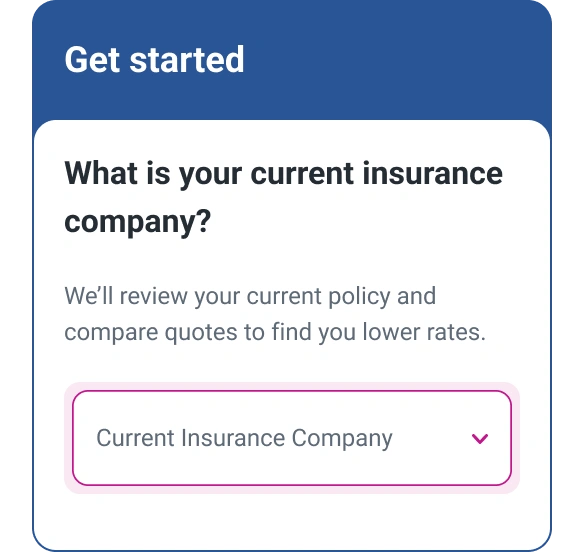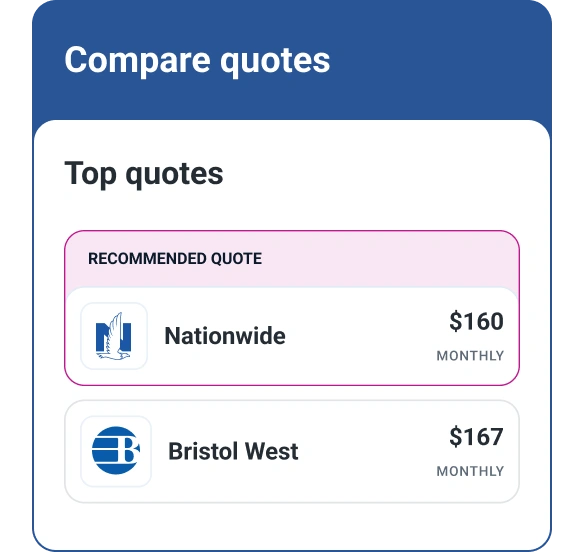What States Have No-Fault Insurance?
Quick Answer
There are 12 no-fault insurance states and three at-fault states that require drivers to have personal injury protection (PIP) coverage.

No-fault auto insurance laws in 12 states require drivers to file accident-related injury claims with their own insurance companies. In these states, drivers must maintain personal injury protection (PIP), also known as no-fault insurance.
The remaining 38 states (plus Washington, D.C.) use an at-fault system, where at-fault drivers are financially responsible for the injuries they cause. In some at-fault states, drivers are also required to purchase PIP; in some, the coverage is optional; and in many, it isn't available.
States With No-Fault Insurance
Drivers in 15 states are required to maintain PIP coverage. However, only 12 of those states have no-fault car insurance laws. The table below shows which states require PIP coverage, how much drivers need and whether the state has a no-fault or at-fault insurance system.
| State | Car Insurance System | PIP Requirement |
|---|---|---|
| Delaware | At-fault | $15,000 per person/$30,000 total |
| Florida | No-fault | $10,000 |
| Hawaii | No-fault | $10,000 per passenger |
| Kansas | No-fault | $4,500 per person for medical expenses; $900/month for lost wages; $25/day for substitution services; $2,000 for funeral, burial or cremation; $4,500 for employment retraining |
| Kentucky | Choice no-fault | $10,000 per person |
| Maryland | At-fault | $2,500 for all reasonable expenses |
| Massachusetts | No-fault | $8,000 per person per accident |
| Michigan | No-fault | Drivers may choose policy limits ranging from $50,000 to unlimited coverage |
| Minnesota | No-fault | $40,000 ($20,000 for medical expenses and $20,000 for non-medical expenses) |
| New Jersey | Choice no-fault | $15,000 per person, per accident |
| New York | No-fault | $50,000 per person for medical expenses; up to $2,000/month for lost income; $25/day for essential services; $2,000 death benefit |
| North Dakota | No-fault | $30,000 per person |
| Oregon | At-fault | $15,000 per person |
| Pennsylvania | Choice no-fault | $5,000 |
| Utah | No-fault | $3,000 per person |
Three of the states included in the table—Kentucky, New Jersey and Pennsylvania—are choice no-fault states where drivers are allowed to opt out of the no-fault system and choose tort insurance. If a driver chooses to participate in the no-fault system, the at-fault driver's insurer is responsible for covering medical bills and other crash-related expenses.
Six states offer PIP as an optional coverage. They include Arkansas, New Hampshire, South Dakota, Texas, Virginia and Washington, all of which have at-fault insurance systems.
The remaining states don't typically offer PIP insurance. If you live in one of these states, you may be able to purchase medical payments coverage (MedPay), which is similar to PIP in that it helps pay for your medical bills after an accident. However, it doesn't usually cover additional expenses, such as lost wages, depending on where you live.
Learn more: How Much Car Insurance Do I Need?
How Does No-Fault Insurance Work?
No-fault insurance covers your and your passengers' medical bills, lost wages and certain other accident-related expenses after a crash. In states with no-fault insurance laws, drivers must file injury claims with their insurers, and their PIP coverage kicks in to pay for medical bills and other covered expenses—up to the policy limit.
Additionally, states with no-fault laws typically limit the right to sue at-fault drivers after an accident unless certain conditions are met. Generally, injuries must be defined as "serious" or treatment costs must exceed a specific dollar threshold before you can sue the at-fault driver for damages.
Here's how it works. Let's say you're on your way to work one morning when a distracted driver drifts into your lane and sideswipes your vehicle, leaving you with an injured shoulder and a sprained knee. While it could've been worse (fortunately, you won't need surgery), the trip to the hospital, diagnostic testing and physical therapy bills aren't cheap. Plus, you'll be out of work until the worst of the pain from your injuries subsides. To receive reimbursement for your medical expenses and lost wages, you file a claim with your insurer who covers the bills under your PIP insurance.
In contrast, states with at-fault laws assign financial responsibility to the driver who caused the crash, and there are no restrictions on a driver's ability to sue after an accident.
The Bottom Line
Nearly half of the states across the U.S. offer PIP coverage to drivers. It's generally required in states with no-fault insurance laws and optional in states with at-fault insurance systems, although there are a few exceptions. Whether your state requires you to maintain PIP or not, it's just one coverage you may be able to include in your car insurance policy.
When purchasing a policy it's crucial to evaluate all of your coverage options and policy limits and select those that provide the protection you need at a price you can afford.
Experian's auto insurance comparison tool can help you compare policies from top providers to find one that's a good fit.
Don’t overpay for auto insurance
If you’re looking for ways to cut back on monthly costs, it could be a good idea to see if you can save on your auto insurance.
Find savingsAbout the author
Jennifer Brozic is a freelance content marketing writer specializing in personal finance topics, including building credit, personal loans, auto loans, credit cards, mortgages, budgeting, insurance, retirement planning and more.
Read more from Jennifer

